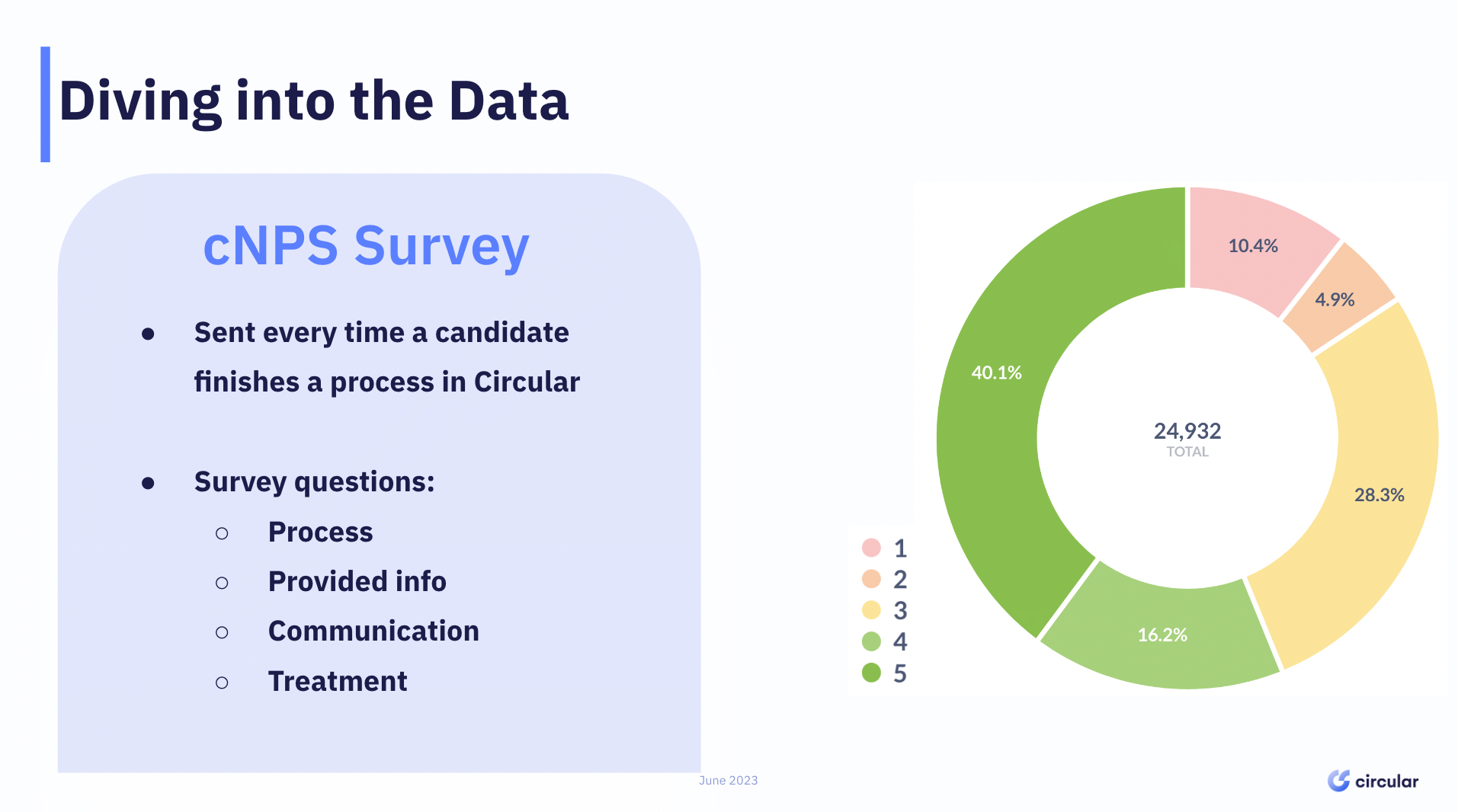Tips to Reduce Candidate Dropout and Employee Rotation from the experts!

Welcome to this essential read, especially if you're grappling with high candidate dropout rates during the hiring process or facing employee rotation issues. This post is a summary our recent HR Power Session with Nailted, where our expert speakers dived into the data on the main reasons for candidate drop outs and employee rotation and shared actionable tips to tackle these challenges. We'll also include real-life examples to provide a more in-depth understanding. Let's dive in!
Reducing Candidate Dropout in the Hiring Process
High candidate dropout rates can be a significant concern for any organisation. Not only does it waste resources, but it also tarnishes your employer brand. So, how can you reduce candidate dropout and improve the candidate experience? Let's explore.

Improve Communication to Keep Candidates Engaged
One of the most common reasons candidates drop out is poor communication. They want to know what's happening at each stage of the process.
Real-life example: "No response after the initial message asking for availability to schedule a call."
Tips to Reduce Candidate Dropout:
- Always respond to candidates, even if it's to inform them they were not selected.
- Set clear expectations about the communication process, including when (giving a clear timeframe is crucial!) and how candidates will hear back.
- Use automated systems to ensure every candidate receives a response.
- Community Tip 💡Try to give feedback straight after the interview or, don't wait more than one day to schedule it
Streamline the Interview Process
A cumbersome or disorganised interview process can be a significant turn-off for candidates.
Real-life example: "Interview directly with the boss. The interview was not pleasant at all, I noticed he was not at all interested in meeting me, directly starting with technical questions."
Tips to Reduce Candidate Dropout:
- Ensure interviewers are well-prepared and respectful.
- Provide clear information about the interview process, including who the candidate will be meeting and what they should prepare.
- If an interview needs to be cancelled or rescheduled, inform the candidate as soon as possible and provide a reason.
Make Technical Tests Relevant and Respectful of Time
Tech candidates often drop out if they find technical tests to be too time-consuming or irrelevant to the job.
Real-life example: "I did a technical test and never received any feedback."
Tips to Reduce Candidate Dropout:
- Provide clear instructions and expectations for technical tests.
- Always provide feedback on technical tests, even if it's brief.
- Respect the candidate's time and don't ask them to complete overly lengthy or complex tests unless absolutely necessary.
Transparency is key
Understand what candidates value and make sure to address this at the start, be open to negotiation. In addition to the benefits and perks, add the salary range in your offers! At Circular this is mandatory.
Tips to Reduce Candidate Dropout:
- If you don't want to add the salary range to the public offer, ensure this is shared in the first interview so that no one wastes time and expectations are seen.
- Be open to negotiation within reasonable limits, especially on the salary side.
- Communicate growth opportunities. This is especially important for tech candidates, we've seen they value having clear career path and opportunity to grow.
- Make sure, above all, that the job offer is perfectly aligned with what is explained in the interviews.

Reducing Employee Rotation
Great! Your candidate has accepted the offer and has entered the company. This means their employee experience has begun! Employee rotation or turnover is a concern that affects the bottom line and team morale. Here are some important aspects to measure to help keep your employees engaged and reduce turnover.
Consider different factors that contribute to Job Satisfaction
- Measure Employee Sentiment: Using an NPS (Net Promoter Score) to gauge if employees would recommend your company as a good place to work.
- Assess Daily Value and Meaning: Consider how employees feel about the value they add and if they feel their day-to-day is aligned with the mission, with the vision of the company.
- Work-Life Balance: Evaluate employee perceptions of flexibility and work-life balance.
- Promote a Positive Work Environment: Assess the sense of community, collaboration, and mutual support among team members.
Feedback and Communication
- Open Channels for Feedback: Ensure employees feel their opinions are heard and valued. Leave space for comments in meetings or have a dedicated channel for this.
- Transparency: Having a transparent culture enables employees to feel empowered to share their thoughts within the organisation or to their direct manager
- Quality of Feedback: Assess the frequency and quality of feedback from managers and peers and ensure they're in a psychologically safe environment to openly express how they feel.
Leadership and Teamwork
- Managerial Communication: Measure the quality and frequency of communication with managers.
- Team Cohesion: Evaluate how well teamwork is encouraged and how much trust employees have in their managers.
A little bit of recognition goes a long way
- Celebrate Achievements: Implement initiatives like giving "applause" to recognise day-to-day efforts. One thing we implemented in Circular is "Giving kudos" at the beginning of the Weekly meeting. It sets the positive tone for the meeting and for the week ahead!
- Frequency and Authenticity: Ensure recognitions are frequent and genuine.
Professional Development
- Growth Opportunities: Measure employee perception of professional growth and training opportunities.
- Autonomy and Innovation: Assess the level of autonomy employees feel they have and whether they feel challenged and able to innovate.
Job Commitment
- Overall Assessment: Job commitment is the sum of all other factors. Use it as a comprehensive metric to gauge overall employee experience.
Keen to get more tips like these?
Reducing candidate dropout and employee rotation are critical for any organisation's success. We hope you find these insights and real-life examples valuable!
We've got a lot more HR Power Session planned in the next months, packed with expert tips! Join the Circular Community for free and keep up to date with all our upcoming events!




